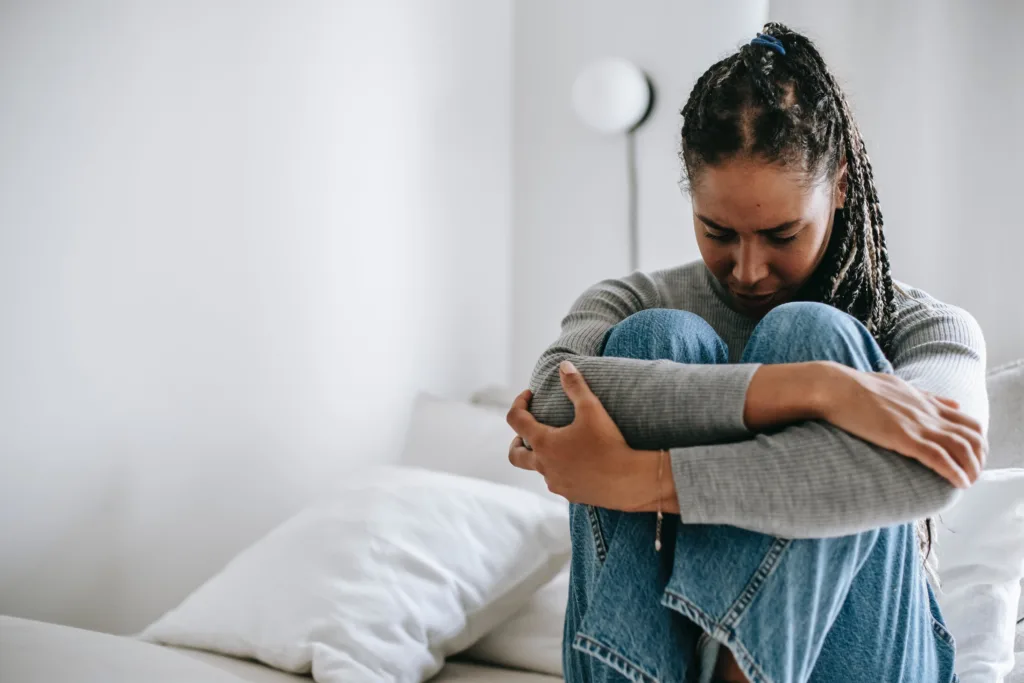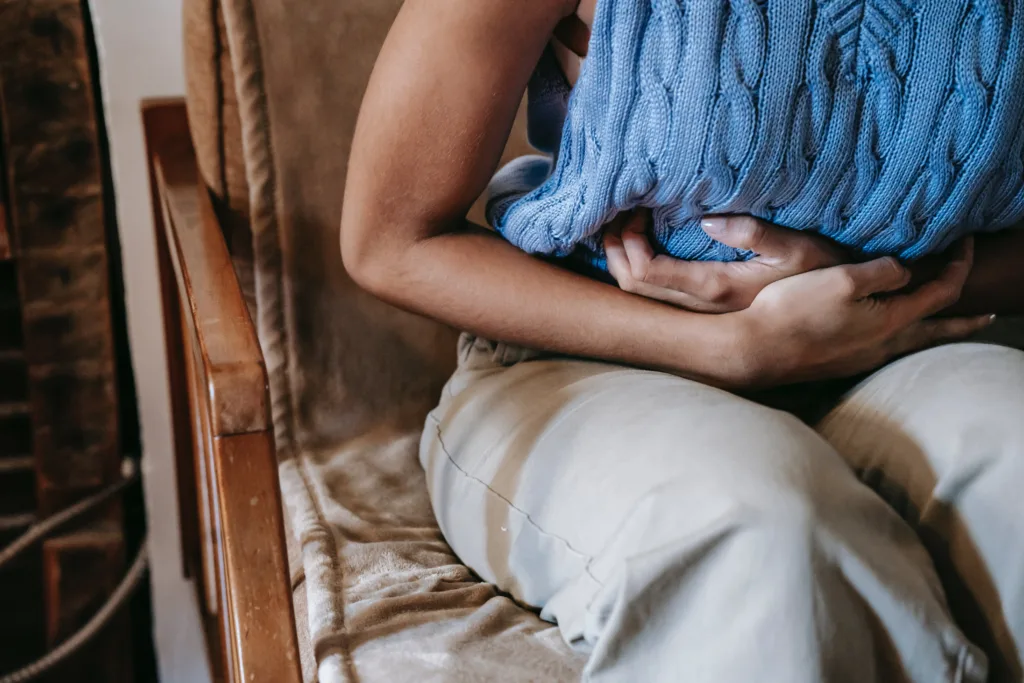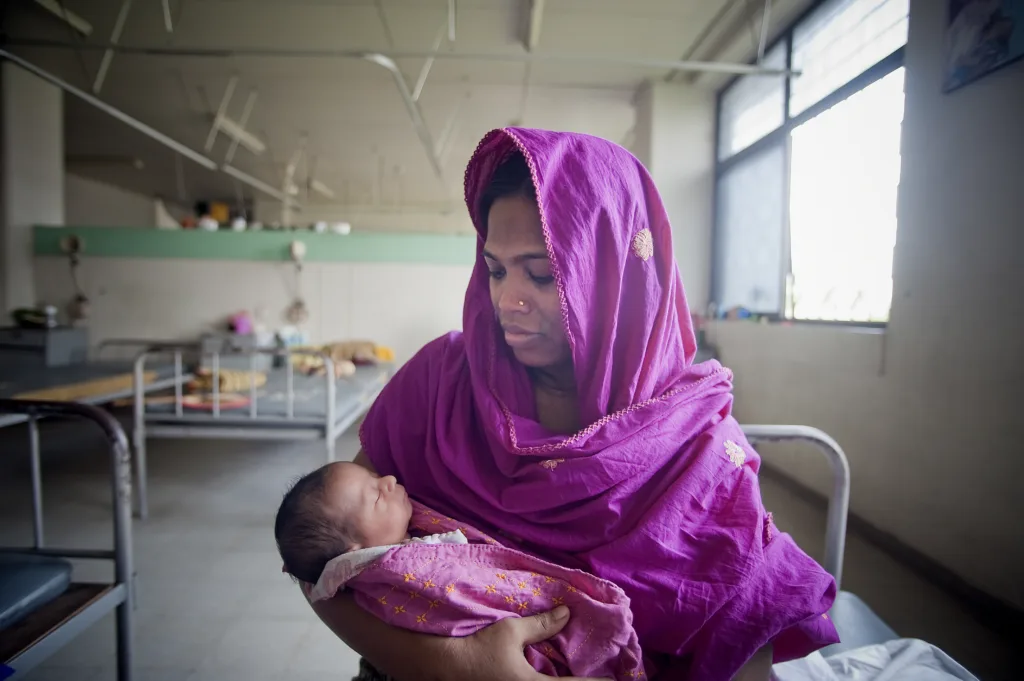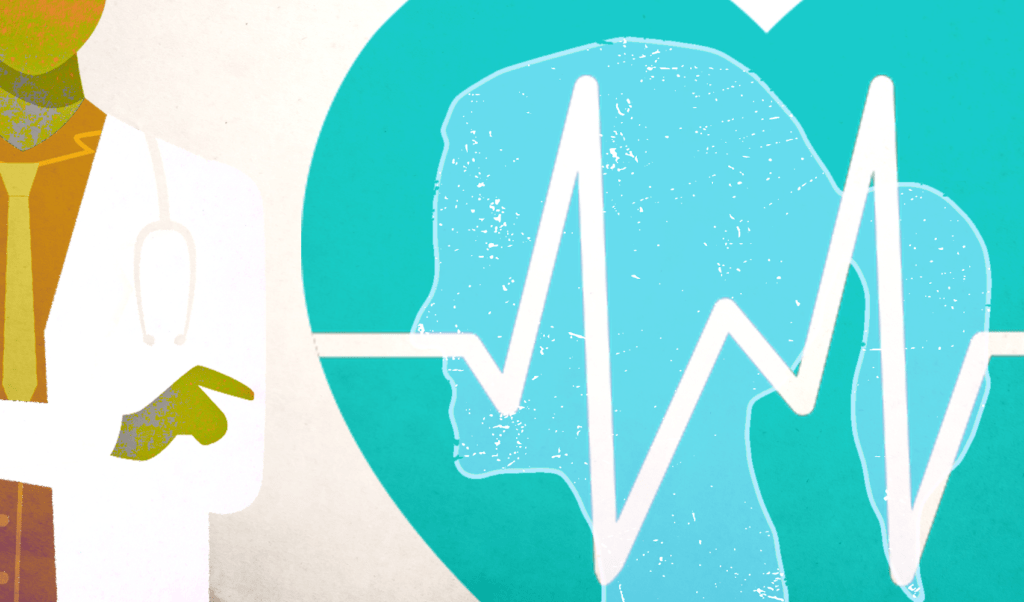Have chronic pain? You’re more likely to be a woman and less likely to be believed by doctors
Women with chronic pain want to be listened to, believed, responded to, and effectively treated. Are their cries finally being heard?
 Women more likely to have chronic pain. and less likely to be believed. : Pexels: Alex Green Free to use
Women more likely to have chronic pain. and less likely to be believed. : Pexels: Alex Green Free to use
Women with chronic pain want to be listened to, believed, responded to, and effectively treated. Are their cries finally being heard?
If you are among the one in five adult Australians experiencing chronic pain, then you are more likely to be female.
Not only that, if you’re female you’re less likely to be prescribed or recommended medication by your doctor — be they male or female.
That’s because, as a recent experimental study of simulated and actual chronic pain patients showed, clinicians underestimate pain in female patients.
This is not a uniquely Australian phenomenon: Gender differences in the experiences and treatment of pain holds true across many different age groups, countries, and causes of chronic pain.
This issue is finally starting to get the attention it deserves.
The Australian federal government has recently established a National Women’s Health Advisory Council to address systemic challenges that have led to poorer health outcomes for girls and women.
Chronic pain is in the mix here: “Women have told me they’re being seen but not believed,” Federal MP Ged Kearney said when launching initiative. “They seek help for crippling pelvic pain as teenagers but suffer into adulthood from raging endometriosis.”
In January, the state of Victoria also announced an Australia-first inquiry into women’s pain in an attempt to tackle “pain and stigma” around the issue.
This follows the National Action Plan for Endometriosis, launched in 2018.
Researchers are increasingly studying women and their pain, too — helping patients give voice to their experiences.
Women living with pain are sending clear messages about what they want from clinicians. These include being listened to, having their pain accepted as being real, and having their concerns acknowledged and responded to.
The International Association for the Study of Pain (IASP) has named 2024 the Global Year about Sex and Gender Disparities in Pain.
Of mice and men (but not women)
The pain is real. Chronic pain that interferes with daily activities can have a profound impact on both quality of, and engagement with life across women’s lives.
But women’s experiences of pain have often been overlooked in both the healthcare system and medical research.
Research gaps are found across the full spectrum of research: from preclinical studies to health services research — that is, how women living with pain interact with the health system .
Most animal studies in the pain field have, to date, been conducted in male mice. In general, fewer women are recruited to clinical trials of new drugs and other interventions for pain conditions that are not specific to men or women.
It wasn’t until 1994 that, in the US, the National Institutes of Health (NIH) Revitalisation Act promoted recruitment of women into NIH-funded studies. In the UK, the National Institute for Health and Care Research issued guidance on sex and gender in 2020.
Progress has been disappointingly slow. This was recently called out as an enduring international scandal by Kamran Abbasi, the editor-in-chief of BMJ, one of the world’s leading medical journals.
As Abbasi wrote, “funders, institutions, research ethics committees, medical journals and publishers, individual researchers and clinicians—as is the case with clinical platform trials—can all play a part” in bringing about this change.
Consider the overlapping experiences of women’s lives
Understanding the true impact of chronic pain — on individuals, and on society — can only occur by considering the broader social context in which women live.
In population and health services research, too little attention is paid to the way gender identity interconnects with other drivers of disadvantage in people living with pain — for example, educational and economic opportunities, carer responsibilities, and overall health burden.
Imagine a woman from an ethnic minority group residing in a rural area, who has experienced class oppression, racism, and sexism across her life, and is looking after both children and ageing parents. The health trajectory of this woman inevitably differs from those who have not encountered these disadvantages.
Remote and rural women in Australia have more chronic pain than city-dwellers, partly driven by socio-economic disadvantages — and less access to pain specialists. People from non-English-speaking communities may struggle to find a clinician who understands them.
Our understanding of pain burden in Indigenous Australians is extremely limited, as is our understanding of their priorities for pain management that is culturally embedded.
In New Zealand, there are community-based pain management programs that have been co-designed with Māori. A similar program could be considered in Australia.
There is much to do in the pain field, and it must be done with increased urgency given the emerging focus on these kinds of intersecting disadvantages.
What’s next
Failure to address these issues is not specific to pain research. These are longstanding structural problems in research more broadly.
The good news is that, in the pain field, Australia has some strengths to draw on.
Australia was the first country to hold a National Pain Summit, in 2010. That set up a blueprint for improving the lives of people living with pain with an initial pain strategy that called for people living with pain as a national health priority area, knowledgeable, empowered and supported consumers, upskilling health professionals to provide best-practice evidence-based care, improving access to interdisciplinary care at all levels, with quality improvement and evaluation and more research.
Australia also became the first country with a National Strategic Action Plan for Pain Management, after that plan was established by the federal government in 2021. That plan outlined goals including recognising pain as a complex condition in its own right for the purposes of Medicare Benefits Schedule rebates and establishing a National Pain Leadership group.
Several pain-related goals were also outlined in the National Women’s Health Strategy 2020-2030,which aimed to raise community and health care provider awareness of under-recognised conditions, including chronic pelvic pain conditions.
While many goals identified in those plans haven’t yet been met, in Australia at least we have identified priorities. The National Women’s Health Advisory Council, for example, will focus on equity, health literacy, improving the evidence base, and upskilling the current and next generation of our health workforce.
Going forward, progress could involve drawing on lessons about what has worked at the state level. In New South Wales, for example, having locally available community-based pain management programs funded through primary health networks, as well as targeted resources and training for multicultural community groups, have driven change.
Increasing use of telehealth services nationally to overcome geographical inequity could also help.
Another positive on the horizon: In mid-2024, a new virtual pain education initiative will be launched that will allow current and future clinicians to master pain assessment and management.
While these drivers are not gender-specific, they help to overcome some of the barriers that women face in accessing timely and high-quality care for pain conditions.
With work underway addressing neglected pain conditions in women, change is finally in the air.
Professor Fiona Blyth is Professor of Public Health & Pain Medicine at The University of Sydney. She participated in the 2010 National Pain Summit and is a member of the consortium developing the Online Pain Education Network (OPEN) Clinical Pain Management Training Program.
Dr Saman Khalatbari-Soltani is a Senior Lecturer in Epidemiology and Public Health at The University of Sydney.
Originally published under Creative Commons by 360info™.












